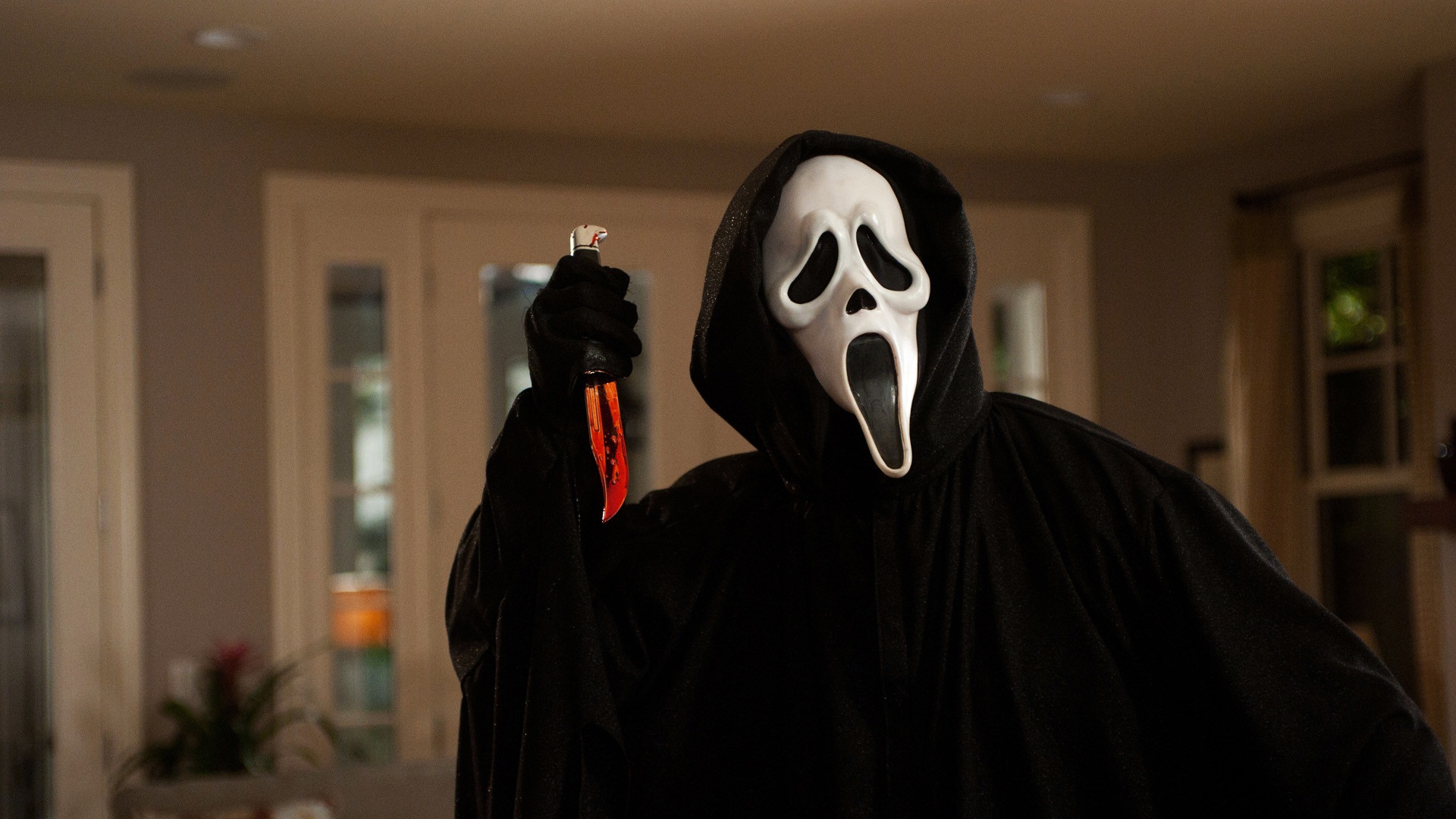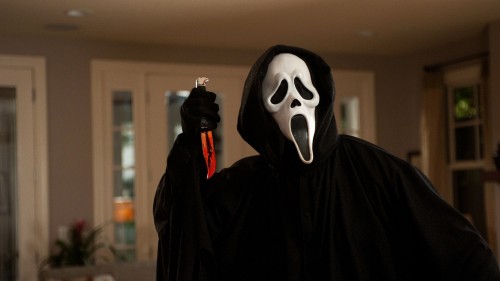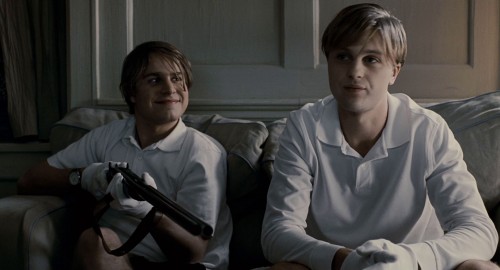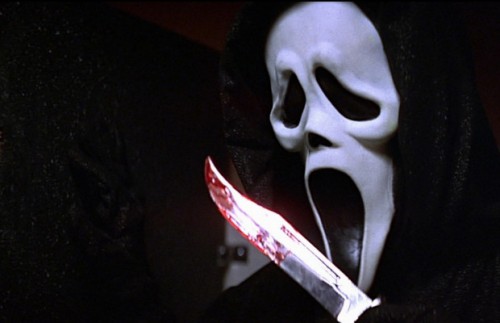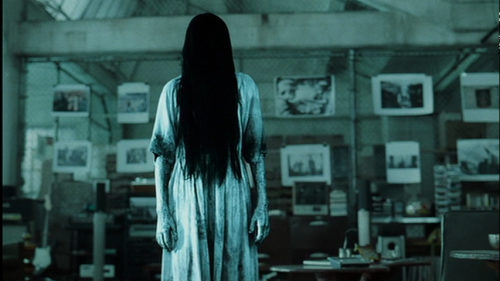Most horror movies seem to follow a specific set of rules. Killers are supernaturally smart, strong, sneaky, or all three. Victims are naïve, weak, and unable to understand what is going on around them until it is too late and somehow technology never seems to be on their side. Phones fail to get service. No house has any reliable defense system. Anything that requires a battery suddenly has no charge. As times have moved forward and technology has changed, it seems like it should be more helpful for those people who find themselves caught up in the plot of a horror film. But even with advancements in digital tech, villains always seem to find a way to wreak as much havoc as possible.
The 1997 home invasion flick Funny Games tells of an unsuspecting family on what should be an idyllic vacation, who instead find themselves taken hostage in their own home by two maniacal murderers. The killers destroy the only phone in the house, cutting the family off from even attempting to call for help. Now, if they’d had an advanced security system, perhaps things would have worked out differently. Ideally, an alert could have been sent out to the authorities immediately and help would have been dispatched. However, not all security systems are created equal, and sometimes just because a house has one installed doesn’t mean it will do any good. In the 1996 thriller Fear, the family has a security system installed but one of the characters gives the codes to the villain, allowing him to bypass it altogether.
Scream has a similar situation, in which one of the victims herself disengages the security system, allowing the villain access. But perhaps a more advanced system, that had a panic button or an alert protocol in case of certain things (like opened windows or jammed garage doors, etc), would have helped out more. Characters in Scream are also more reliant on home phone service (as the film came out in 1996) and are easily disconnected from their ability to call for help when they leave their homes or when their phone lines are cut. If the movie was made today, with smartphones and apps that allow one touch access to emergency services, the body count in Scream may have been much lower.
Security systems and cellphones aren’t the only advancements in technology over the years that could help or hinder the characters in a scary movie. Both The Ring and Poltergeist are centered around supernatural forces that use outdated forms of media to harass their victims. In The Ring, it is a cursed and haunted videotape that calls on the demonic visage of a young girl to frighten and kill any who watch it. In Poltergeist, though the whole house seems pretty haunted, much of it centers around an old tube television set with bad reception. Now that VHS tapes are a thing of the not-so-distant past and TVs have evolved into digital flat screens with constant high definition signals, it is hard to imagine either film working out quite the way they did before. The demonic character of The Ring would have to find something new to haunt, and the ghosts of Poltergeist would have to focus on sucking souls into other objects.
Each advancement in technology changes not only the real world around us, but the narratives of the fictional worlds we experience through films. While the premises of the past won’t work as well with the technology of today, new villains with new methodologies will always arise.
Written by Maria Rosita
Maria is a writer interested in comic books, cycling, and horror films. Her hobbies include cooking, doodling, and finding local shops around the city. She currently lives in Chicago with her two pet turtles, Franklin and Roy.
